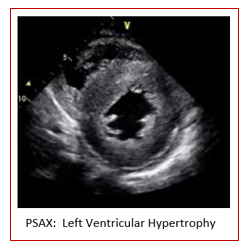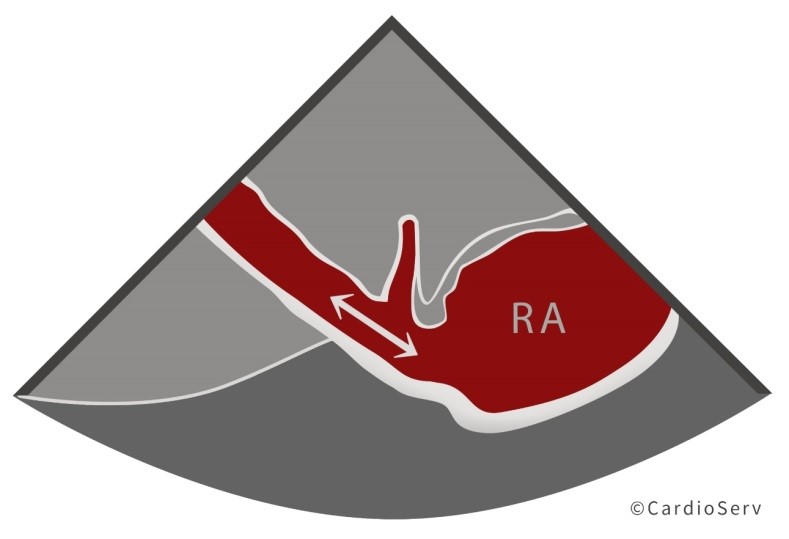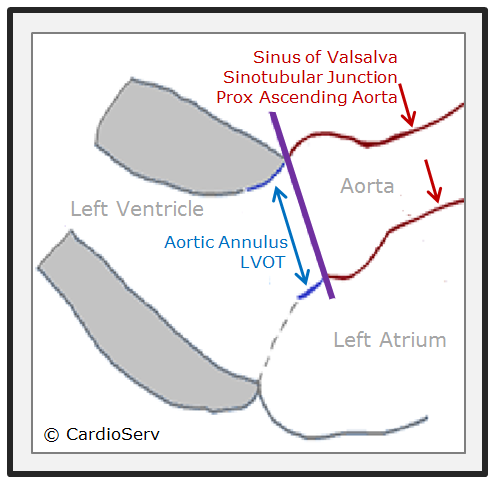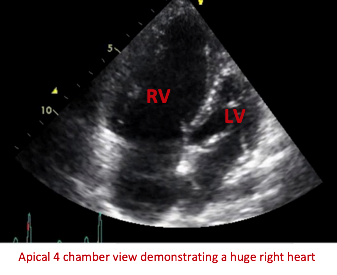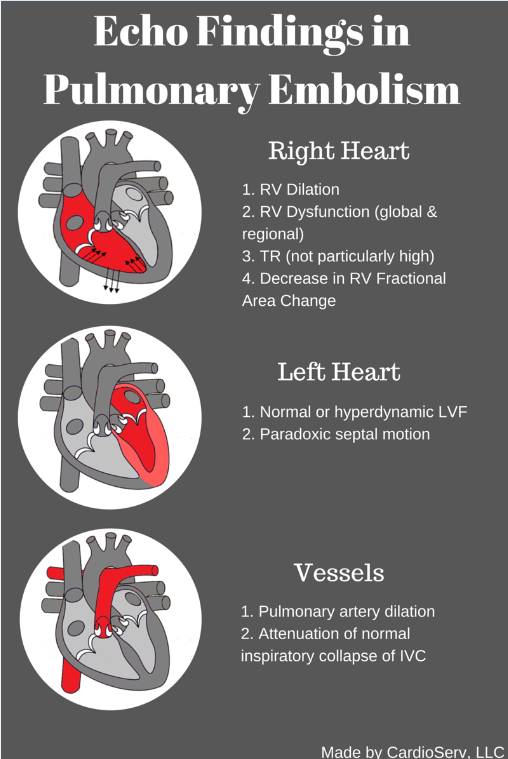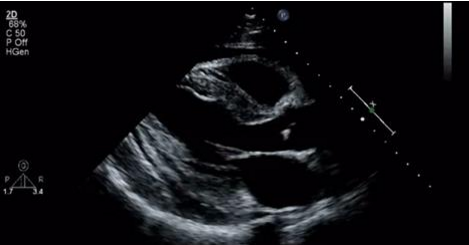Understanding LVH Part 1: Concentric, Eccentric and Concentric Remodeling
Last month was designated American Heart Month to raise awareness of cardiovascular disease, the leading fatality of Americans. AHA encourages our patients to take control over understanding their risk factors of heart disease including knowing their numbers related to blood pressure. Untreated hypertension can have a long-term effect on the heart causing hypertensive heart disease, which can include coronary heart disease (CAD), left ventricular hypertrophy (LVH) and hypertrophic cardiomyopathy (HCM).
Understanding LVH Part 1: Concentric, Eccentric and Concentric Remodeling Read More »

